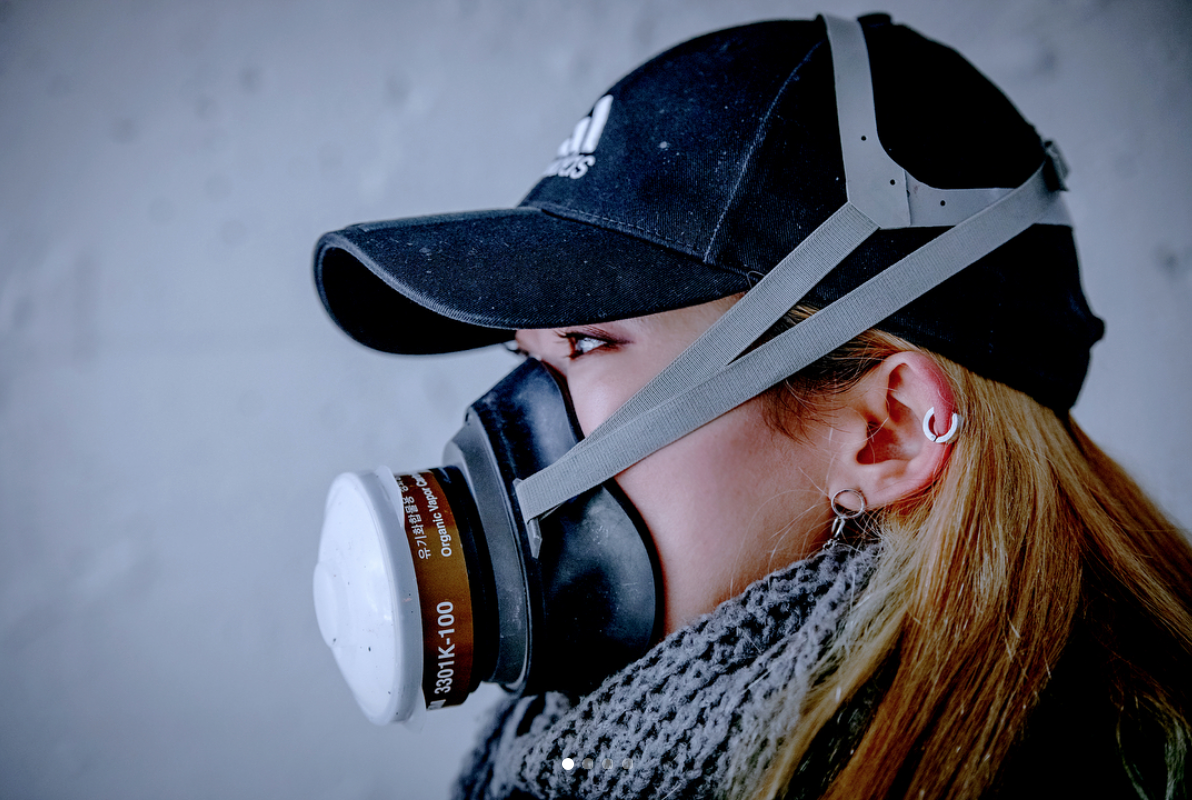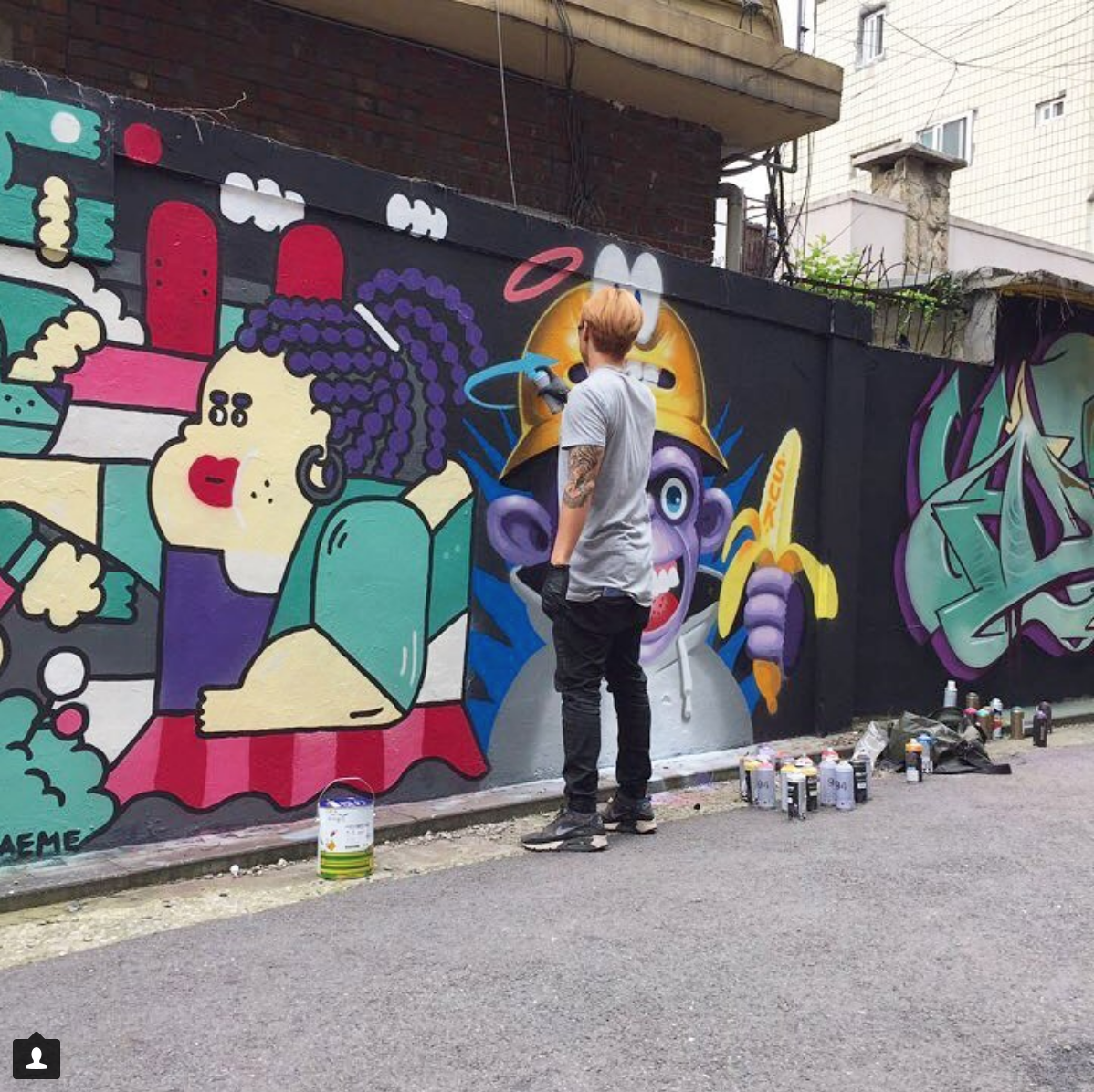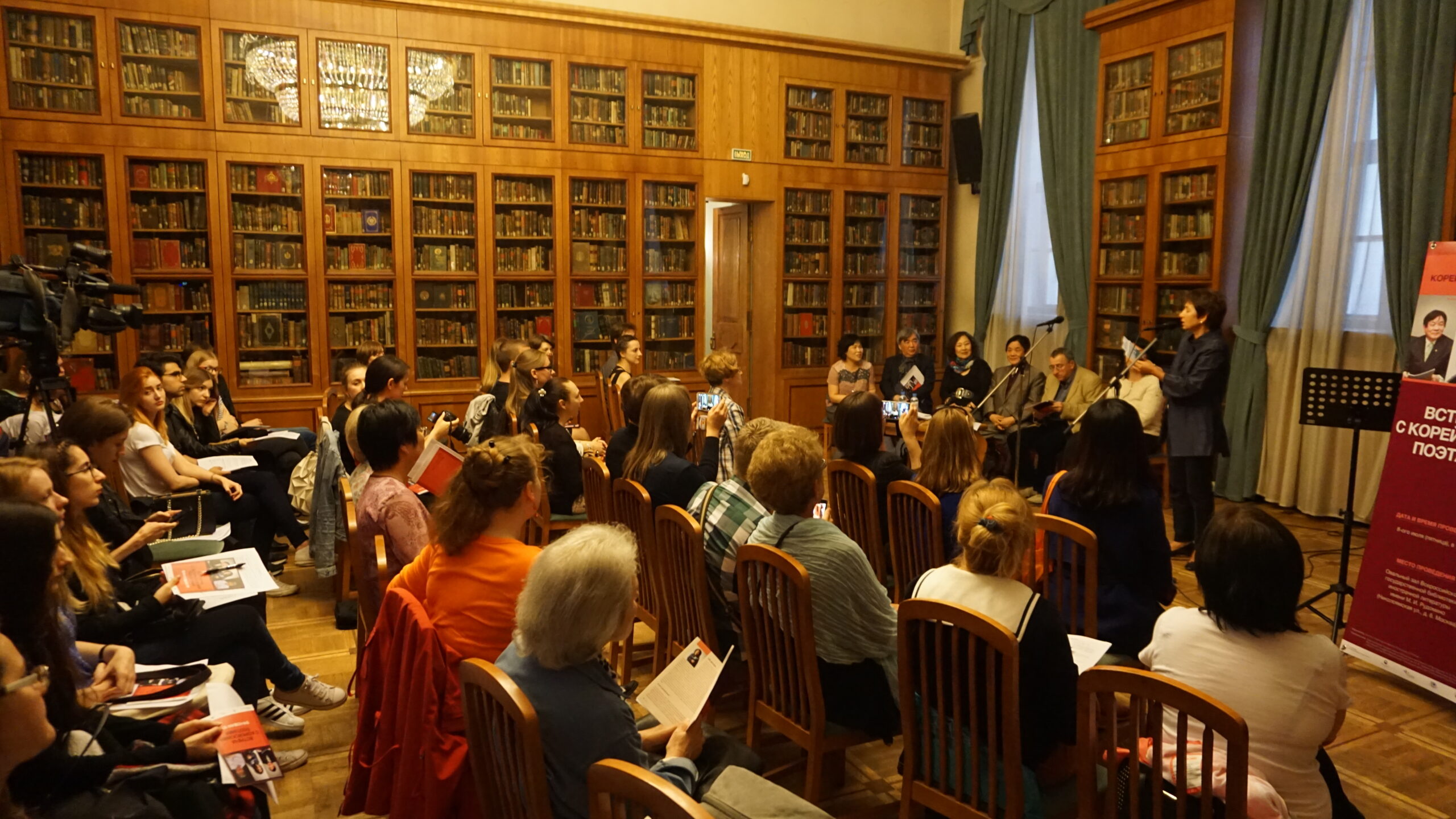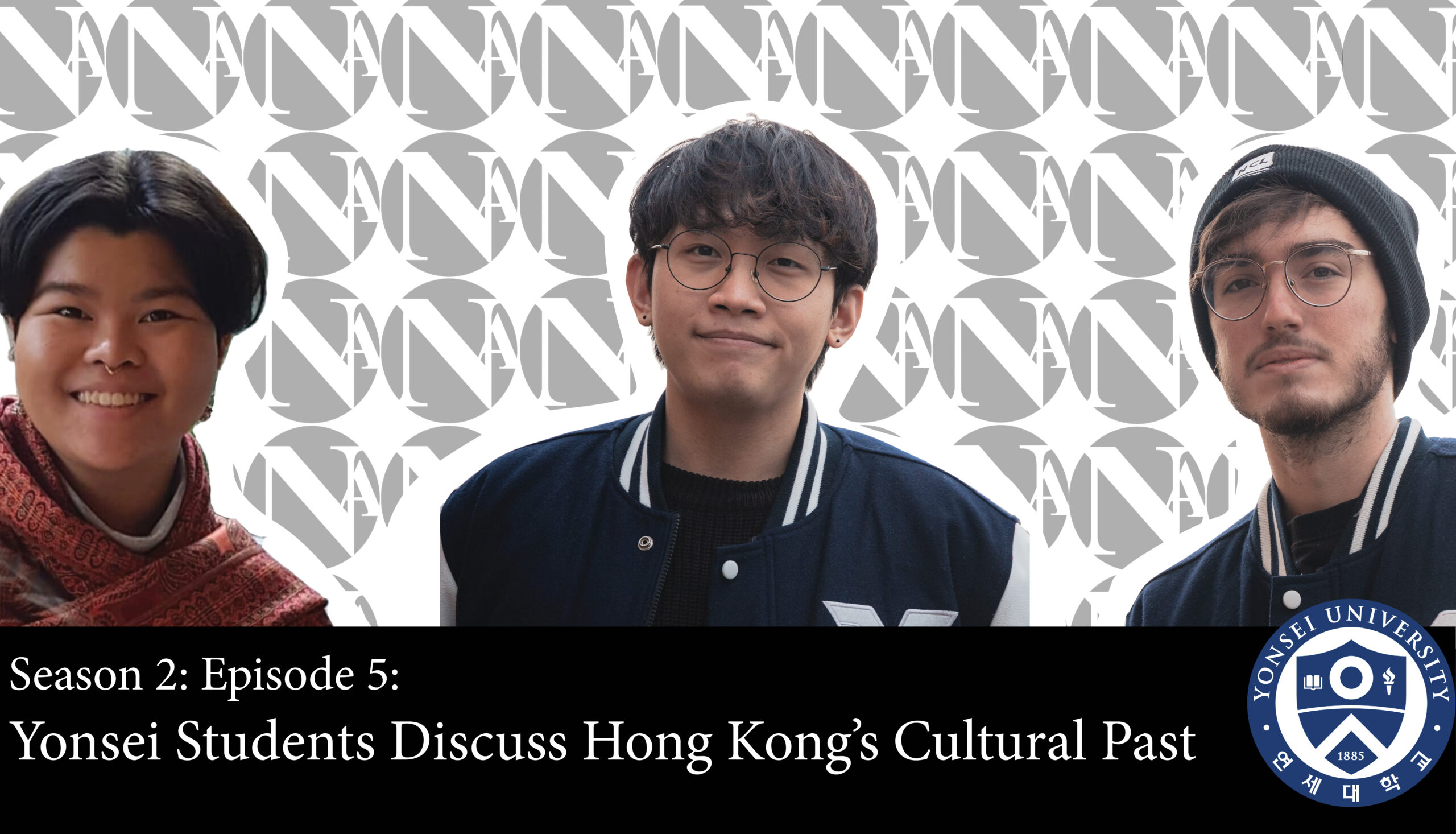How Quality Street Art is Colouring Korea and Crossing Cultural Barriers
Graffiti was once the realm of high schoolers with spray cans and too much time on their hands. Now, it has blossomed into an art form taking undeniable skill, with giant paintings woven into urban landscapes around the world. And more than ever it is becoming a vehicle for sharing the ideas of a generation showing remarkable openness to diversity.
What lies behind graffiti leap into the limelight? Part of the credit is owed to social media. Instagram accounts like @streetart_official and @streetartnews rack up hundreds thousands of followers showing off the world’s best work. At the same time, the quality of artwork seems to have skyrocketed. Graffiti, more respectfully coined as street art, is no longer about writing your name in a clever way; today’s graffiti artists are doing work that belongs in top galleries, yet they prefer a concrete wall to a 12 x 16 canvas.
Of course, some cities are embracing the idea of murals on buildings more openly than others. Walking through Seoul, South Korea, one is unlikely to encounter a huge body of street art. The country still holds conservative views about graffiti, usually seeing it as defacement of property rather than a colorful addition to the cityscape.
“The perception is getting better than in the past,” says Seoul based graffiti writer, Jobia, “But there is still a perception of [street art] as ‘doodles’ or ‘rebellion’ among the older generations.”
The community is small here, as Jobia notes, but not without talent. And some of its artists have messages that are resonating with audiences around the world.

Graffiti artist Jovia. Used with permission from @jovia_making. https://www.instagram.com/p/Bd_1mQpBVdQ/?taken-by=jovia_making
A prime example is Seoul based graffiti writer Royal Dog, who uses city walls as a meeting place for the traditional Korea and the modern, multicultural world. Among other things, he paints larger-than-life murals of black women wearing hanbok, a traditional Korean dress. It’s a thought provoking image, especially to a Korea undergoing serious growing pains as it grapples with thoughts of a multicultural society. The murals are also remarkably beautiful, and capture something very right about this generation’s efforts to cross, if not erase, racial and cultural boundaries.
Despite his country’s conservative outlook on street art, Royal Dog is finding homes for his hanbok wearers in increasingly obvious places – on café storefronts, train station walls, and in well-known graffiti spots from LA to Hawaii. All this points to a growing legitimacy for the art, with local businesses and established brands getting involved on some projects.
“It’s difficult for older adults, but it seems there’s a positive outlook from the younger generation,” says another local graffiti writer going by the name Artimejoe. “Marketing is very trendy, so it’s nice to see brands turn to graffiti culture.”
He sees a shift in the way street art is viewed, although it will probably be a while before Samsung opts for a mural outside their head office.

Artime Joe, the Graffiti Writer. Used with permission from @artimejoe. https://www.instagram.com/p/BYc-70fBxi1/?taken-by=artimejoe
But as the art form gains traction, it leads to a grey area for both artists who do the work, and the brands who want to cash in on the art’s burgeoning popularity. For one, how do you claim ownership of art that is displayed on the side of a public building? And if an artist’s work winds up in an ad campaign, what are their legal rights?
This issue recently gained international attention in the street art world. Global clothing brand H&M caught fire for using an artist’s work in their ad campaign without permission. When the artist, Jason “REVOK” Williams, asked them to remove the ad, H&M countered with a message from the New York City Department of Parks and Recreation that the graffiti was unauthorized and actually constituted vandalism. As such, Williams had no rights to claim.
But the fact remains that H&M found this ‘illegal act of vandalism’ attractive enough to put into a global marketing campaign, which begs the question – where do we draw the line between art that benefits our cities and the stuff that should be scrubbed away? And what about full-color murals of black girl’s wearing hanboks?
In a move no doubt manufactured by the PR team, H&M retracted their statement, claiming they respected public art and had reached out to Williams to come up with a solution. Still we’re left with the question, does an artist own their work if they paint it on a public building? Perhaps only when you raise hell on social media… and only when it’s really good.
In South Korea, Royal Dog is only one example of an artist who uses brick walls as canvases, earning himself media features and social media followers while bringing colour into dull neighborhoods and spreading a message of openness. As more brands try cashing in on the art’s ability to grab attention, its legitimacy will only rise. Street art could become a more welcome guest in our cities, even ones historically opposed to the art form like Seoul.
Korea has already made use of street art to transform gritty neighborhoods like Busan’s Gamcheon and Incheon’s Songwol-dong Fairy-tale Village into tourist hot spots. Maybe the line between what belongs on a building and what belongs in an art gallery is changing here, too. And If street art can be used to transform and uplift an urban environment, maybe it’s time to give street artists a bit more breathing room.
- Korea has boycotted Japanese beer. How will I round out a 4-pack of tall cans? - August 18, 2019
- A$AP Rocky is doomed to Swedish meatballs. Thankfully he’s well connected - July 22, 2019
- Trump and Kim are Helping Me Sleep at Night - July 10, 2019






